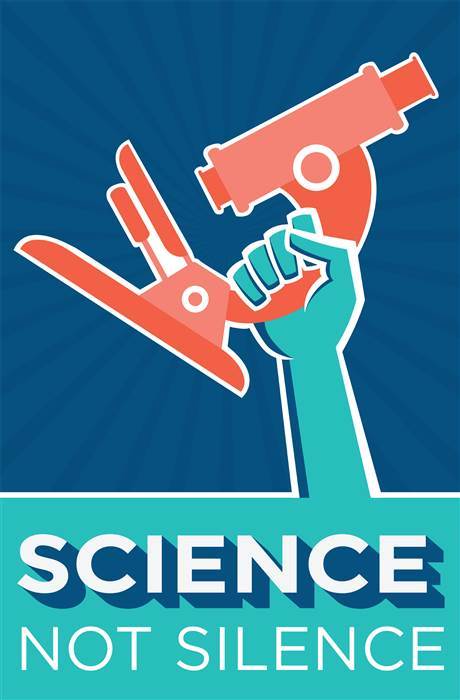They study the birds and the bees and the flowers and the trees and the moon up above.
They love bugs and frogs.
They know that vaccines have saved tens of millions of lives and that climate change is not only real and worsened by people, but that it threatens our homes and livelihoods.
And now scientists and their supporters are getting their day in the limelight, with a global March for Science that grew out of the unexpectedly successful Women’s March at the end of January.
As with the Women’s March, social media has fueled the enthusiasm, with Twitter hashtags like #marchforscience and a Facebook page with half a million likes.
It’s spawned 609 satellite marches around the U.S. and across the world, organizers say. But the main event is in Washington, D.C., and most of the marchers don’t hesitate to say their outrage and disbelief about political changes have compelled them to speak out.
“There are developments in the past several years that have reached a fevered pitch,” said David Badre, a neuroscientist at Brown University.
“A couple of years ago if you asked me if I would go to a march for science, I would have thought of it in the same way as a march for a sound airplanes, or … a march for well-built bridges — it’s not like society really needs it.”
But that’s changed, said Badre, who says three main factors have made him decide to go to a march in Providence, Rhode Island.
“There’s been a devaluation of evidence-based policy and decision-making,” he said. “Another thing is, frankly, the immigration policy.”
President Donald Trump’s executive orders limiting immigration and travel from certain countries caused an outcry especially among universities and medical organizations, which said immigrant scientists and doctors are vital to research and to caring for sick patients.
“And the final reason is public funding for science,” Badre said.
“Scientists do not typically speak up. We want to speak up. We want to be counted.”
Trump’s proposed budget — which slashes funding for the National Institutes of Health, the Centers for Disease Control and Prevention, and research arms of the Department of Energy and NASA — outraged and worried researchers.
They say decreased funding for science is nothing new, but the dramatic proposals of the current administration go far beyond the slow but steady decline of the past decades.
Related: Trump Cuts to Medical Research Will have Devastating Effects
“Federal support has been dropping since the 1960s,” said Lydia Villa-Komaroff, former CEO of a cell biology company called Cytonome and a co-chair of the march.
“This did not begin in November,” said Rush Holt, a physicist and former member of Congress who now heads the American Association for the Advancement of Science.
“It’s true the march idea came up in January, but it was built on a growing concern that reached a level of anxiety about the conditions under which science can thrive,” Holt told reporters this week.


“Scientists find it appalling the evidence is being crowded out by ideology and … wishful thinking.”
That’s what also struck Mark Plotkin, an ethnobotanist who works to find potential new medicines in the plants and animals of the Amazon.
“We are dealing with people that are in a different reality, unleashing trolls on the world … and getting us all killed in the process,” Plotkin said.
“I am not a great fan of marches being the be-all and end-all, but I would feel guilty if I didn’t.”
So thousands of people who never saw themselves…






